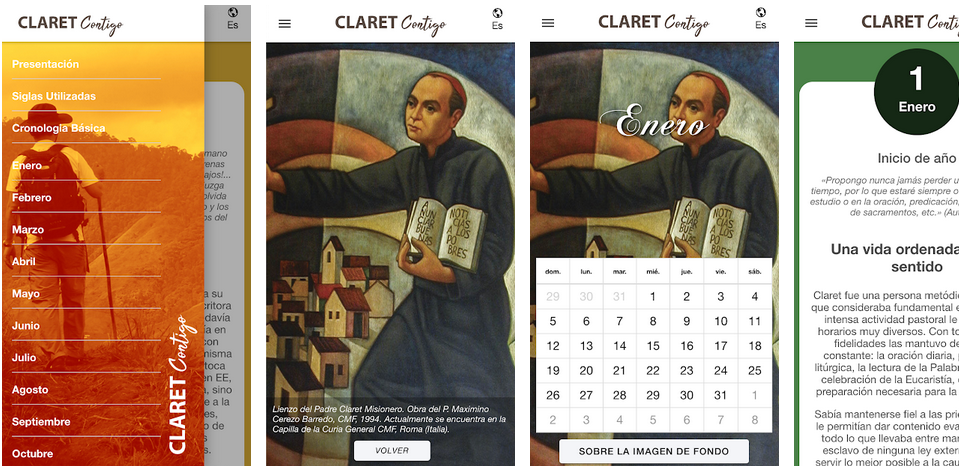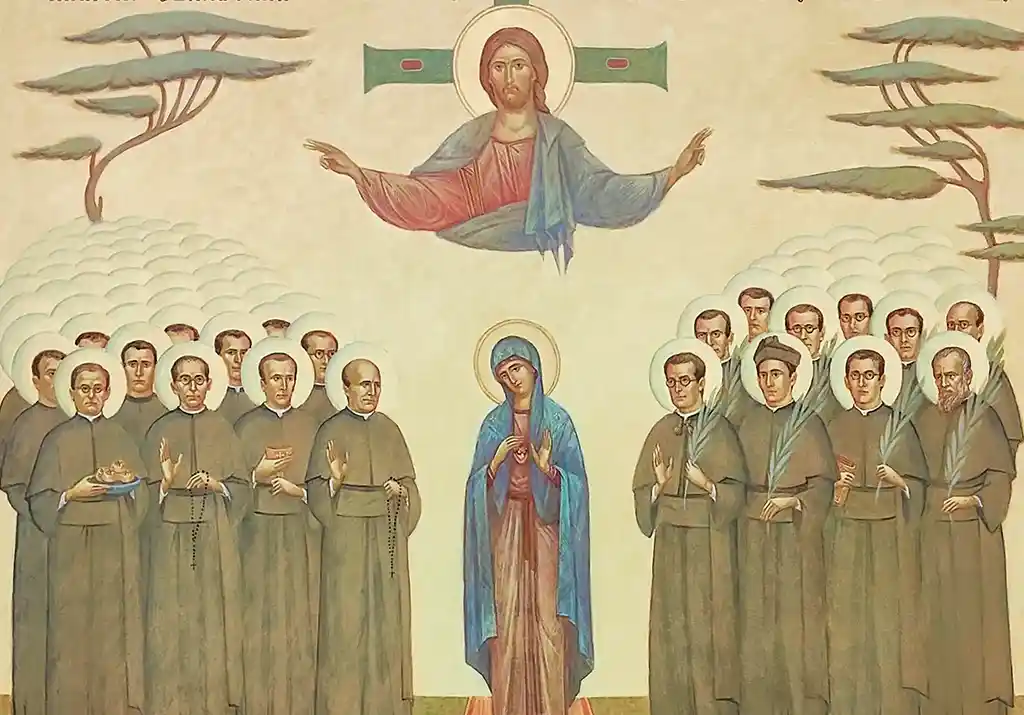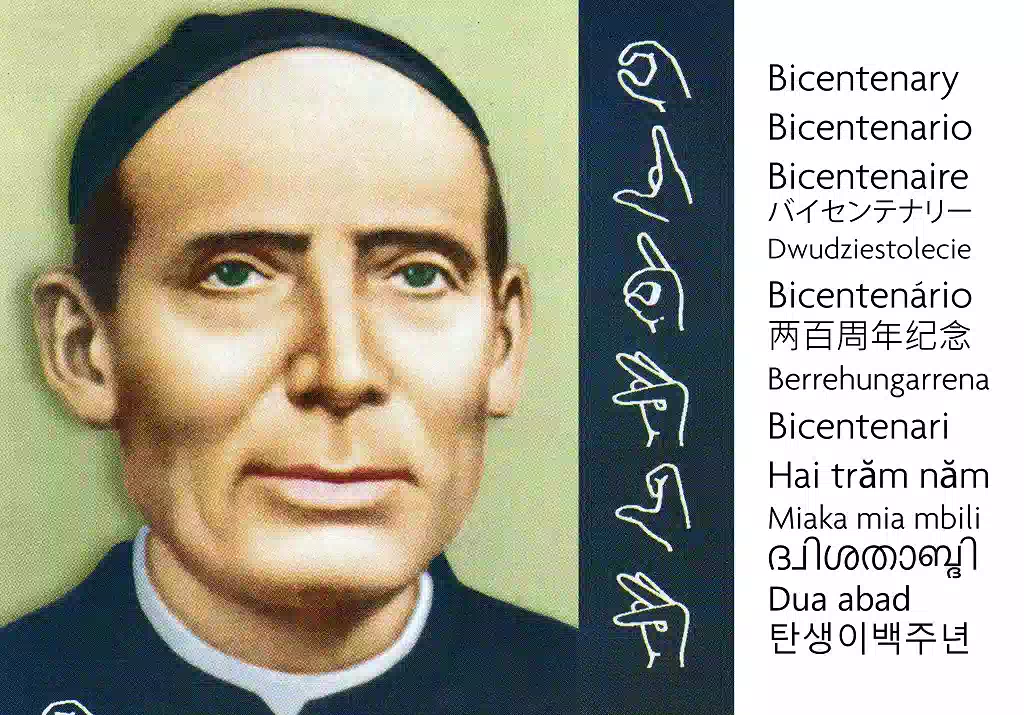DISCERNING IN SUFFERING
The monastery of El Escorial had been the victim of successive expulsions during the first half of the 19th century. Following the expulsion of the monks there had been looting and pillaging. Isabel II lamented the decadence of the worship in the Basilica as well as the state of abandonment of the buildings occupied in former times by a monastic community and by the activities they attended to (seminary and college).
Seizing the moment of relative political bonanza (a ‘moderate’ government), the Queen gave Claret the responsibility of giving life to that architectural marvel. He was named President of El Escorial on the 5th August 1859. There he immediately began to establish several institutions, attending to the founding purpose of the monastery and to the needs of the time. In October already began to function, a well-organized body of Chaplains who dignified the worship of the Basilica. In 1860 he created a supra-diocesan seminary of an unrivalled intellectual and spiritual level at that time, and in 1861 he founded a college of secondary education; finally in 1866 it began its courses as a university.
Antimonarchists and anti-church elements were enemies of all that was going on at El Escorial. Claret was accused in Parliament of embezzling property and funds and that the college did not comply with current legislation, etc. The resentment of some ecclesiastical authority also caused him to suffer much. And, from the inside, it was not easy for a group of secular priests to follow a quasi-monastic life for which they had neither the vocation nor the formation.
Claret, very experienced in suffering persecutions and confronting difficulties, felt that his resistance had its limits. But he did not decide himself to get rid of the responsibility but rather he consulted with his confessor, D. Paladio Currius; and he did not want to leave it unresolved: he thought of possible solutions so as not to ruin the good that had been done. In the midst of his tiredness, Claret practiced prudence and looked for a positive solution.






